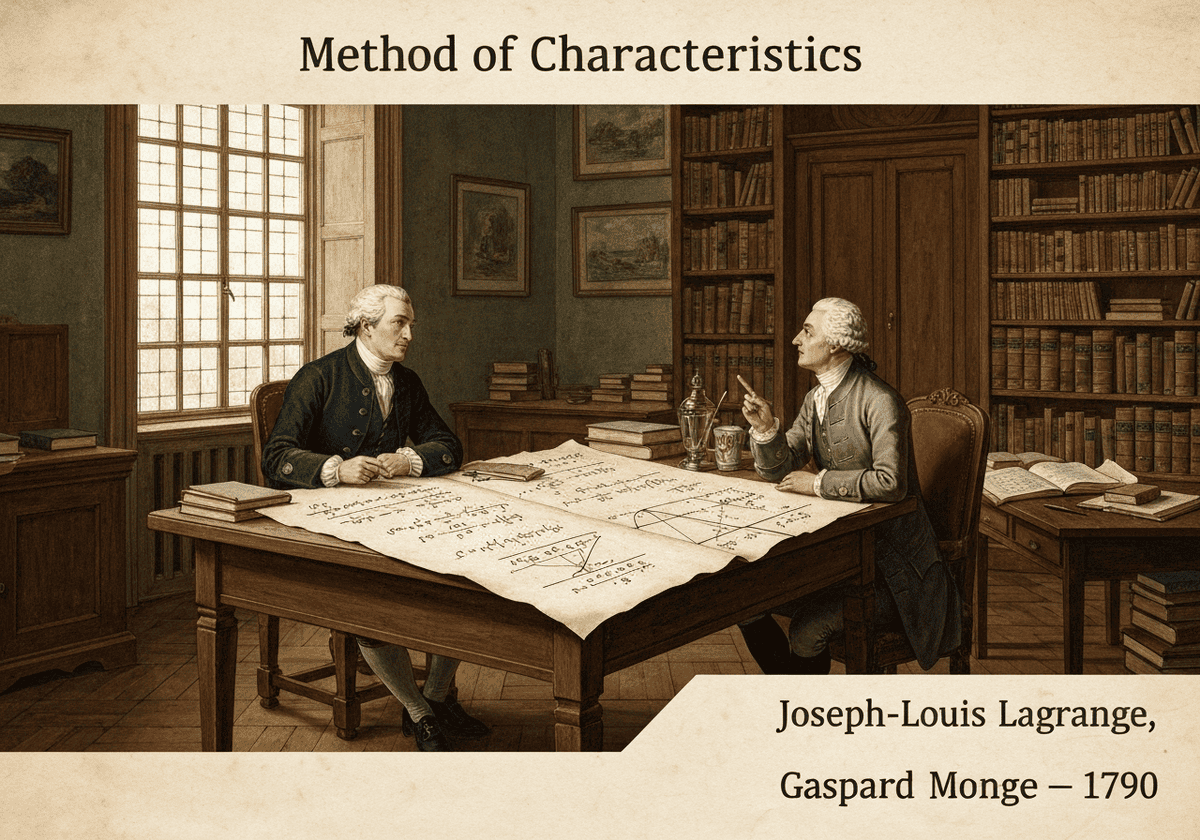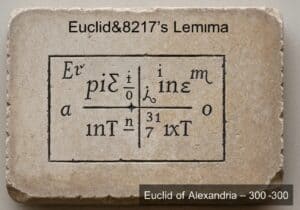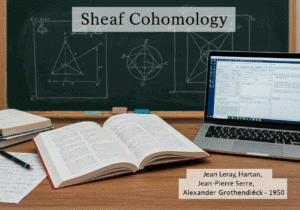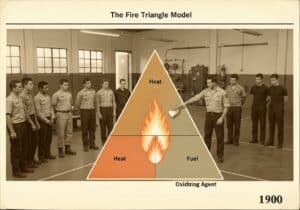A technique for solving first-order and hyperbolic second-order diferencial parcial equations (PDE). The método reduces a PDE to a family of ordinary differential equations (ODEs) along specific curves called ‘characteristics’. Along these curves, the PDE simplifies, allowing the solution to be found by integrating the system of ODEs. It is particularly powerful for problems involving transport and wave propagation.
The core idea of the method of characteristics is to find curves in the domain of the PDE along which the solution’s behavior is simpler. For a first-order quasilinear PDE of the form [latex]a(x,y,u)u_x + b(x,y,u)u_y = c(x,y,u)[/latex], the method involves solving a system of ODEs called the characteristic equations: [latex]frac{dx}{dt} = a[/latex], [latex]frac{dy}{dt} = b[/latex], and [latex]frac{du}{dt} = c[/latex]. By solving this system, one can trace back the value of the solution [latex]u[/latex] from a point [latex](x,y)[/latex] to the initial data curve.
For hyperbolic equations, there are multiple families of characteristic curves. For the one-dimensional wave equation [latex]u_{tt} – c^2 u_{xx} = 0[/latex], the characteristics are the straight lines [latex]x pm ct = text{constant}[/latex]. Information, or the values of the solution, propagates along these lines. This is the mathematical basis for d’Alembert’s solution, which shows the solution as a sum of right- and left-traveling waves.
Una característica importante del método, al aplicarse a ecuaciones no lineales, es su capacidad para predecir y gestionar la formación de ondas de choque o discontinuidades. Si las curvas características, que contienen valores constantes de la solución, se intersecan, implica que la solución intenta adoptar múltiples valores en el mismo punto. Esto indica la ruptura de una solución uniforme y la formación de un choque, un fenómeno común en la dinámica de gases y el flujo de tráfico.

























